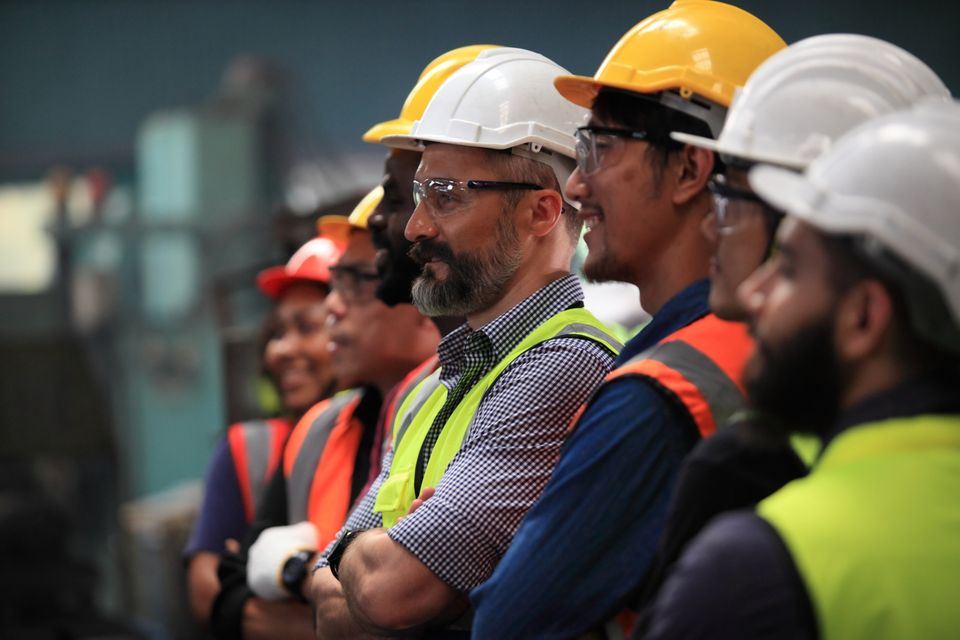The Benefits of Comprehensive Safety Training Programs
1. Reduction in Workplace Accidents
Statistical Evidence
- OSHA Statistics: According to the Occupational Safety and Health Administration (OSHA), companies that implement effective safety and health programs can reduce their injury and illness costs by 20 to 40 percent. These programs often include comprehensive safety training, which is critical in lowering workplace accidents.
- Liberty Mutual Workplace Safety Index: The Liberty Mutual Workplace Safety Index consistently shows that the most common causes of workplace injuries are preventable through proper safety training and protocols. Training in hazard recognition, proper equipment use, and emergency procedures are key factors in reducing these injuries.
- National Safety Council (NSC) Data: The NSC reports that workplace safety training is directly linked to a decrease in work-related injuries and fatalities. Their data suggests that companies with regular safety training sessions experience significantly fewer incidents compared to those that do not.
Case Studies
- Case Study: DuPont
DuPont, a global leader in chemicals and materials science, is often cited as a prime example of effective safety training reducing workplace accidents. After implementing a robust safety training program focusing on behavior-based safety, the company saw a significant reduction in workplace accidents. Over a 10-year period, DuPont reported a 90% reduction in lost workdays due to accidents.
- Case Study: Alcoa
Alcoa, a major aluminum producer, transformed its safety culture by prioritizing safety training at all levels. The company mandated comprehensive safety training sessions across its global operations. As a result, Alcoa achieved a dramatic decrease in the rate of workplace injuries, with some plants reporting injury rate reductions of up to 70%.
- Case Study: Toyota
Toyota is another example where safety training has played a critical role in reducing workplace accidents. Through its "Toyota Way" philosophy, which includes continuous improvement (Kaizen) and respect for people, the company has embedded safety training into its operational procedures. This approach has led to consistent reductions in workplace accidents, with significant improvements noted year over year.




